Today’s question: can dogs eat peas? Are peas good or bad for dogs? Scroll down for detailed answers.
There are so many types of peas: canned green peas, sugar snap, snow peas, to name but a few. They are all slightly different but what they all have in common is their outstanding nutritional value. Peas are a versatile food to grow, cultivate, and add to favorite dishes. Peas are well tolerated, last longer than other vegetables, and taste better than most as well. People of all ages love peas with little to no reaction from them.
Some people love them, some people hate them, but they are in almost every kitchen. So their regular presence on the dinner table, coupled with a desire to mix up a dog’s diet (not the same food again and again you can almost hear them pleading) means people ask: can dogs eat peas? Is it okay to share a few with your canine companion if he is giving you the eyes while you are eating them?
Can dogs eat peas?
But the question is: should dogs eat peas?
The resounding answer is yes. Feel free to share your peas. There are many health benefits to be gained from peas. Many dog foods actually use peas as healthy filler. Peas can be mashed easily and put into food bowls and disguised. Peas can be spread onto bones to lick, chew, or swallow in one bite. There are many ways in which to offer peas to a dog and many will not turn the veggie down. No matter how the dog swallows the peas, the job can be done with ease and usually done with the cooperation of your pet as well.
The health benefits of peas
Peas really do a pack a punch in terms of what they can do to help your dog’s health. The fact that peas are so nutritious and enjoyable it is impressive from something so small and unassuming! Do not underestimate the pea! The main benefits of peas are strengthening the immune system, reducing the symptoms of arthritis through their anti-inflammatory characteristics and increasing energy levels (although we are aware that not every dog owner wants their dog to have more energy!) Dogs that are a bit older may benefit the most from the anti inflammatory property in the pea as well as the boost in immune system. Immune system boosts will also benefit the overall well being of the dog since the body will be cleansing itself regularly and purging toxins.
Alpha and beta carotene are antioxidants found in peas which help to protect the red blood cells, keep membrane tissue healthy and strengthens capillary walls. Keeping ones dog healthy in the matters of the heart is incredibly important since dogs may fall victim to heart issues just as their owners. Many owners do not think to protect the capillary walls of their pets and be concerned about their blood cell levels, however, feeding your dog peas on occasion may help you to remember the importance these foods offer the overall health of your dog.
Another benefit of peas is the fiber count offered within the tiny veggie. Fiber helps to keep Fido regular, and this also helps to keep them feeling full for longer than you would normally expect. A dog with a strong digestive system will feel fuller longer, be able to remove toxins from the body and lessen the risk for sickness and infections. Feeding your dog food high in fiber also means if your dog is looking a little overweight, it can be a useful tool to stop from them mooching around for food shortly after they have eaten. Great for dogs on a diet! Peas will satisfy your dog, add to their nutritional count, and curb their appetite.
Cancer fighting chemicals contained in peas
Polyphenol called coumestrol helps to fight various forms of cancer, and offers particular protection against cancers in the stomach. Other phytonutrients (found solely in green peas), when coupled with other compounds (also found in peas), have been shown to reduce the risk of type 2 diabetes and arthritis. Diabetes and arthritis may come upon a dog at any age, not simply in the golden years. Attempting to prevent the accumulation of these diseases is important in ensuring your dog is able to live a long life.
Vitamin K is also present which assists in blood clotting and liver function. Peas are also packed with Vitamin B, phosphorous, Thiamin and Potassium which all contribute (in sensible doses) to helping keeping the tail wagging and the mouth smiling. Peas are also brimming with lutein and zeaxanthin which help to prevent the deterioration of vision with old age.
With all of the nutritional benefit peas have to offer, and their ease of use and ease of acquiring, it is no wonder pet owners have been adding peas to their dog’s diets and speaking wonders in the results.
Feeding dogs different types of peas
With anything new to the diet, the food needs to be introduced in a careful and controlled manner. Start slowly, perhaps with a few peas mixed into their food. That way you can monitor their tolerance levels. Generally with peas there should not be a problem or allergic reaction, but it is always best to be vigilant and observant when offering new foods.
Although there are many kinds of peas, all of them are fine for your favorite companion. The fresh peas are generally best because they turn the natural sugars they contain into starch. Raw peas are fine, but remember that dogs will find these harder to break down, so a lot of the goodness mentioned above will go to waste. Fresh, clean, raw, and organic foods are always a good choice for the dog rather than their frozen or canned counterparts. All peas are tolerated by dogs, but staying as fresh as possible does a favor to you both.
Shelled peas have good and bad points. They do tend to have slightly more calories than other types of peas, but they are also slightly richer in nutrients. Sugar snap peas are probably the easiest for the dog to ‘woof’ down, and the added bonus is that dogs generally love the edible pods too. Sugar snap peas generally resemble dog treats in their casings, size, shape, and texture, so a dog biting these may be easily convinced of its treat like nature.
Canned and frozen peas tend to be the most prevalent in kitchens, because they are the cheapest and most convenient. These brands of peas are also fine – but be sure to check the packaging. Some commercial brands add extra sodium (salt) which can be troublesome for dogs by increasing their blood pressure and causing pain in the stomach. Some may also contain preservatives or added ingredients to ensure their freshness. Preservatives and additives can upset the stomach of a dog since the body of a dog will immediately reject the chemical and cannot process it well. Since your body should eat only the freshest of foods, buying only the most clean and organic peas will ensure your dog only receives the best peas as well.
Look at this cute little pooch who loves peas:
Remember, if you are sharing a few peas from your plate, ensure they have not been contaminated with any onion or garlic as these are highly toxic to our dogs.
For a little treat or snack, portions of peas should not be too large. For sugar snap and snow peas, just one or two will be sufficient to give him the goodness without overkill. For English peas, (after shelling), one or two tablespoons is great. This is general information, and should be considered for an average size dog, and adjusted if your dog is especially small or large. Consulting your vet will offer more specific advice on feeding your dog peas and your vet could also determine the correct serving size.
The pods
Some types of pods can be consumed and some cannot. As a general rule of thumb, if humans eat the pods it is okay for the dog too. If we do not eat the pod, keep the pod clear from your furry friend. A good example to note is garden peas which must be shelled prior to consumption. For the safety of your dog, make sure there is no possibility of choking. Small dogs may not be able to swallow a pea pod, and other dogs may become overexcited with peas and attempt to swallow a fistful. Moderation and safety are key for dogs to enjoy peas and their nutrition.
Another aspect to consider is how the peas were prepared before offering to your dog. Many dogs are allergic to, or have serious reactions to, spices, seasonings, onions and garlic. The reactions to these spices not only cause an allergic reaction but may cause death. Be sure to avoid offering your dog peas that come from a plate with dinner spiced with garlic and onion as these wonderful pea for a human many cause extreme sickness and death to your dog.
Conclusion
Coming back to the initial question, yes dogs can eat peas. Peas are nutritious snacks and your pooch may enjoy them in moderation. Just remember to introduce new foods gradually and then observe your pet afterwards. If your dog doesn’t show any unusual symptoms (stomach discomfort, vomiting or loose stool), you can continue feeding him/her the new food.
Sharing food occasionally with your dog is a way to show love, as many owners do. Offering a meatball, bites of bread, and some veggies seems harmless enough, but all food should be researched well before the temptation to feed form the table comes about. Accidentally killing your pet while attempting to show love and companionship is terrible for both you and your well loved pet. However, eating together can be done if this is a habit you choose to pick up on. Like peas in a pod, if you are enjoying peas with your dinner, your canine companion is free to eat away with you.
References:
http://www.canigivemydog.com/peas
http://www.dogster.com/lifestyle/can-dogs-eat-tomatoes-carrots-popcorn-vegetables-dog-health-food

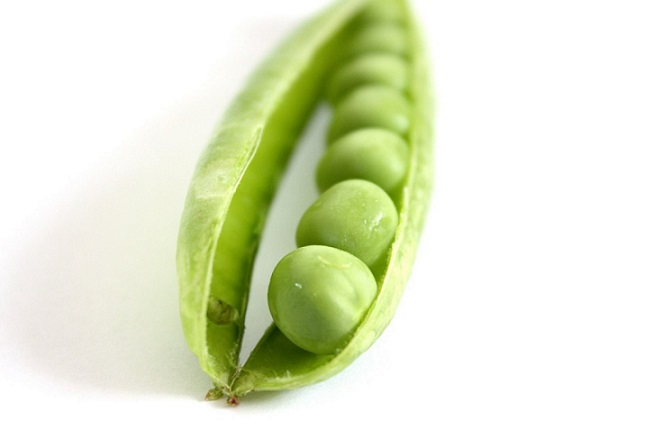


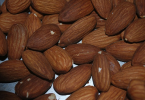


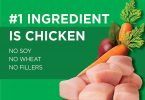
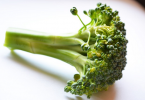
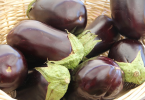
Leave a Comment